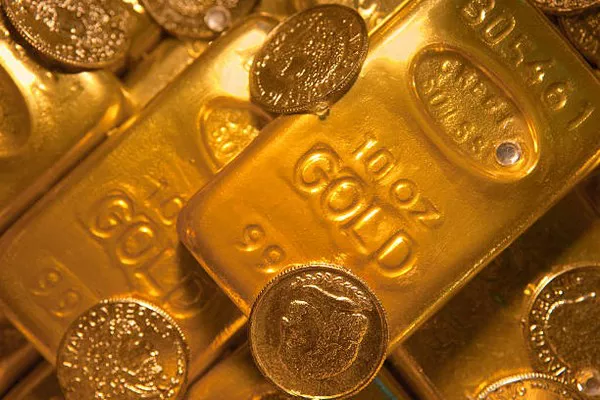On Monday, the price of gold (XAU/USD) surged into the $2,440 range, marking a gain of approximately 0.45% from the previous day. This uptick in gold prices was primarily fueled by a mix of safe-haven demand triggered by geopolitical uncertainties and mounting expectations that the Federal Reserve (Fed) will implement interest rate cuts at its forthcoming meeting.
The allure of gold as a safe-haven asset strengthened as concerns over a potential escalation of the conflict in Gaza prompted investors to seek refuge in assets perceived as less risky. Reports indicating Israel’s anticipation of a significant military assault from Iran, as conveyed by Israeli Defence Minister Yoav Gallant through Axios news, have heightened these anxieties, potentially threatening global stability.
In parallel, market sentiment towards gold was bolstered by growing speculations among traders regarding the Fed’s intention to reduce its primary interest rate, the fed funds rate, in September. According to the CME FedWatch Tool, which assesses probabilities based on the pricing of 30-day fed funds futures, there is a 49.5% likelihood of a 0.25% rate cut and a 50.5% chance of a more substantial 0.50% cut next month.
The upcoming release of US economic indicators, including the Consumer Price Index (CPI) data for July on Wednesday and the Producer Price Index (PPI) data on Tuesday, is poised to influence market expectations concerning future interest rate adjustments, subsequently impacting the trajectory of gold prices.
Forecasts anticipate a 0.2% increase in both headline and core CPI for July compared to the previous month, following a 0.1% decline in headline CPI and a 0.1% rise in core CPI in June. A higher-than-expected CPI reading could challenge the prevailing assumption of an aggressive rate cut by the Fed in September, potentially exerting downward pressure on gold prices.
Similarly, the upcoming PPI data release, which projects a 0.1% uptick in July following a 0.2% gain in June, will be closely scrutinized for its implications on inflationary pressures. Any deviation from these forecasts could sway market expectations regarding the Fed’s monetary policy stance and consequently impact the price trajectory of gold in the near term.


